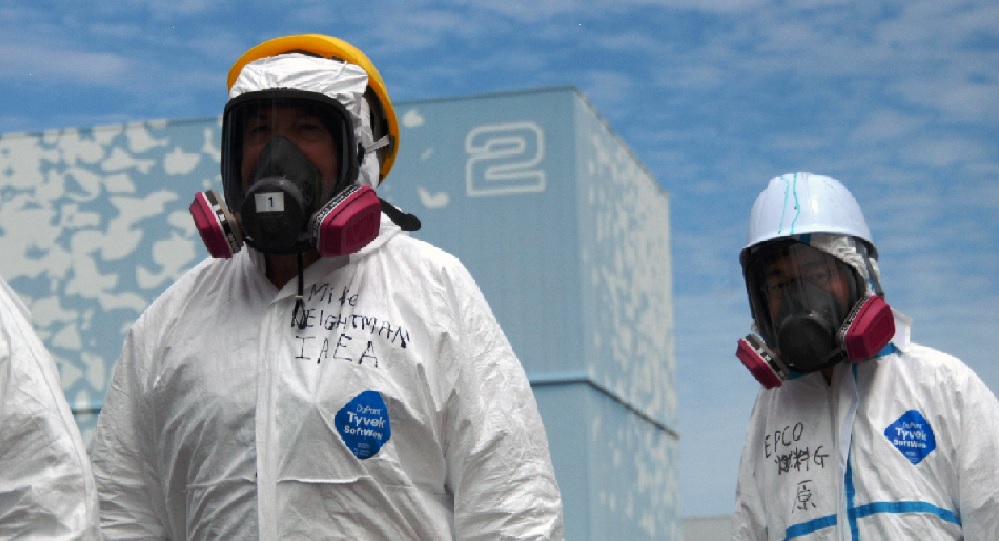Recent roadmap reports from the Tokyo Electric Power Company (TEPCO) reveal that the noxious chemical hydrazine is still in use at the Fukushima Daiichi power plant. Hydrazine was used originally in 2011 to keep reactors, and storage pools for spent fuel from the reactors, from corroding. Japan developed its own rules for reporting on the use of hydrazine in 2006.
In March 2011, a tsunami struck the coast of Japan that crippled three nuclear reactors and severely damaged a fourth nuclear reactor at the Fukushima Daiichi site. Since then, hundreds of tons of radioactive waste has been leaking into the Pacific Ocean and contaminating marine life.
